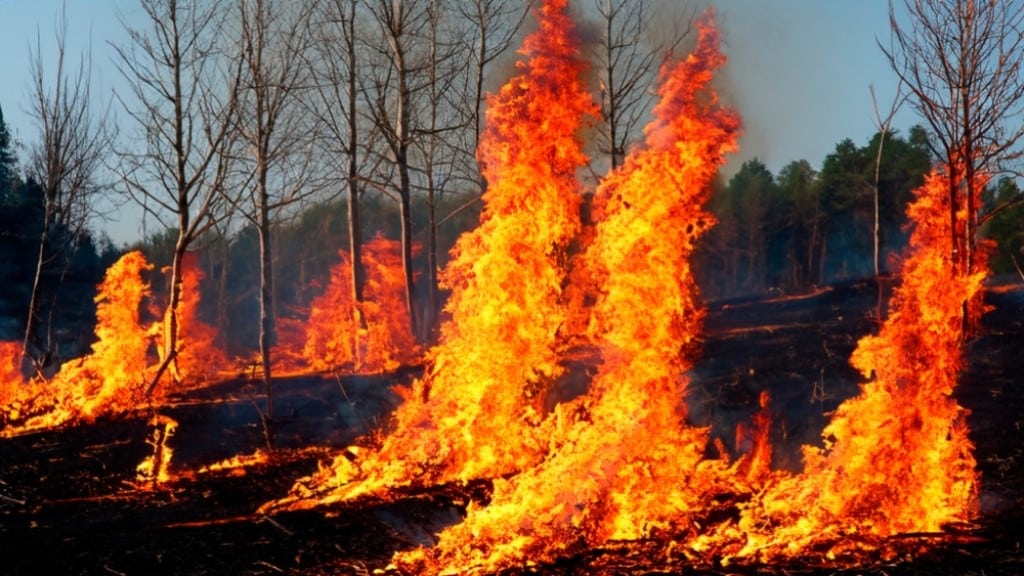FEMA’s Mitigation Assessment Team publishes initial findings following a wildfire
- August 17, 2023
- 8:00 am


Iain Hoey
Share this content
In a recent development, the Federal Emergency Management Agency’s (FEMA) Mitigation Assessment Team (MAT) has unveiled their inaugural report assessing the effects of the 2021 Marshall Fire.
Highlighting risks in the wildland urban interface
The decision to scrutinise this specific fire stemmed from a desire to better comprehend the risks posed by certain weather conditions and their impacts on the constructed environment, especially in nontraditional wildland urban interfaces.
Both local and national planners, developers, and officials, as well as the general public, need to gain a deeper understanding of these risks.
Factors that exacerbated the Marshall Fire
A confluence of factors contributed to the vast damage caused by the Marshall Fire. These include:
- Winds reaching speeds of up to 115 mph.
- Persistent drought conditions.
- Abnormally high temperatures.
- Shortcomings in existing wildfire safety and planning regulations.
The inferno resulted in the devastation of 1,000 homes and commercial properties in places like Louisville, Superior, and parts of unincorporated Boulder County in Colorado.
This was no ordinary incident: what started as a quick-spreading grass fire escalated into a damaging urban blaze, impacting multiple communities and the broader Boulder County region.
Mitigation Assessment: Key observations
The FEMA Building Science Disaster Support Programme, in response to the unprecedented nature of the incident, sent out its first-ever wildfire MAT to study building performance during the fire.
The report offers keen insights into:
- The role of building components in either preventing or exacerbating the spread of fire to structures.
- The heightened vulnerability of neighbourhoods where homes are separated by less than 30 feet.
- The discovery that unchecked drainage ditches in the vicinity acted as conduits for the fire, speeding up its progression through the community.
For those interested in delving deeper, the report and its seven supplementary documents are readily available.
These materials are essential for planners, fire departments, and community leaders aiming to enhance wildfire planning and mitigation efforts, covering both structural and landscaping enhancements.
IFSJ Comment
The release of FEMA’s Mitigation Assessment Team report on the Marshall Fire provides invaluable insights.
This ground-breaking study not only sheds light on the specific conditions and factors contributing to the severity of the Marshall Fire but also offers key observations which can inform future fire mitigation strategies.
By understanding how specific building components interact with fires or how certain landscape features can accelerate fire spread, planners and developers can make informed decisions.
It serves as a wake-up call for regions across the globe to prioritise planning and regulatory measures in the face of changing environmental conditions.
The detailed findings and accompanying documents have the potential to revolutionise wildfire mitigation projects, setting a new benchmark in fire safety and planning.



